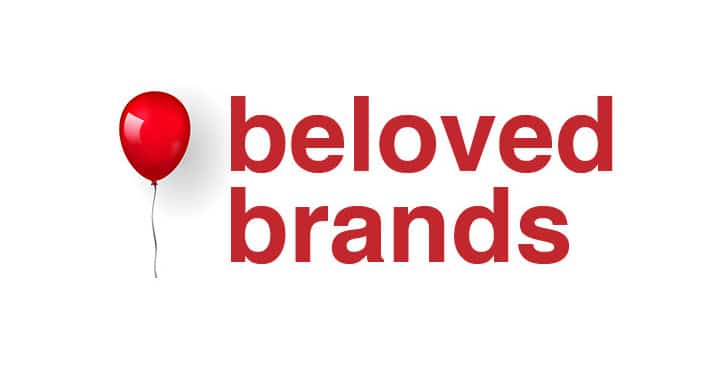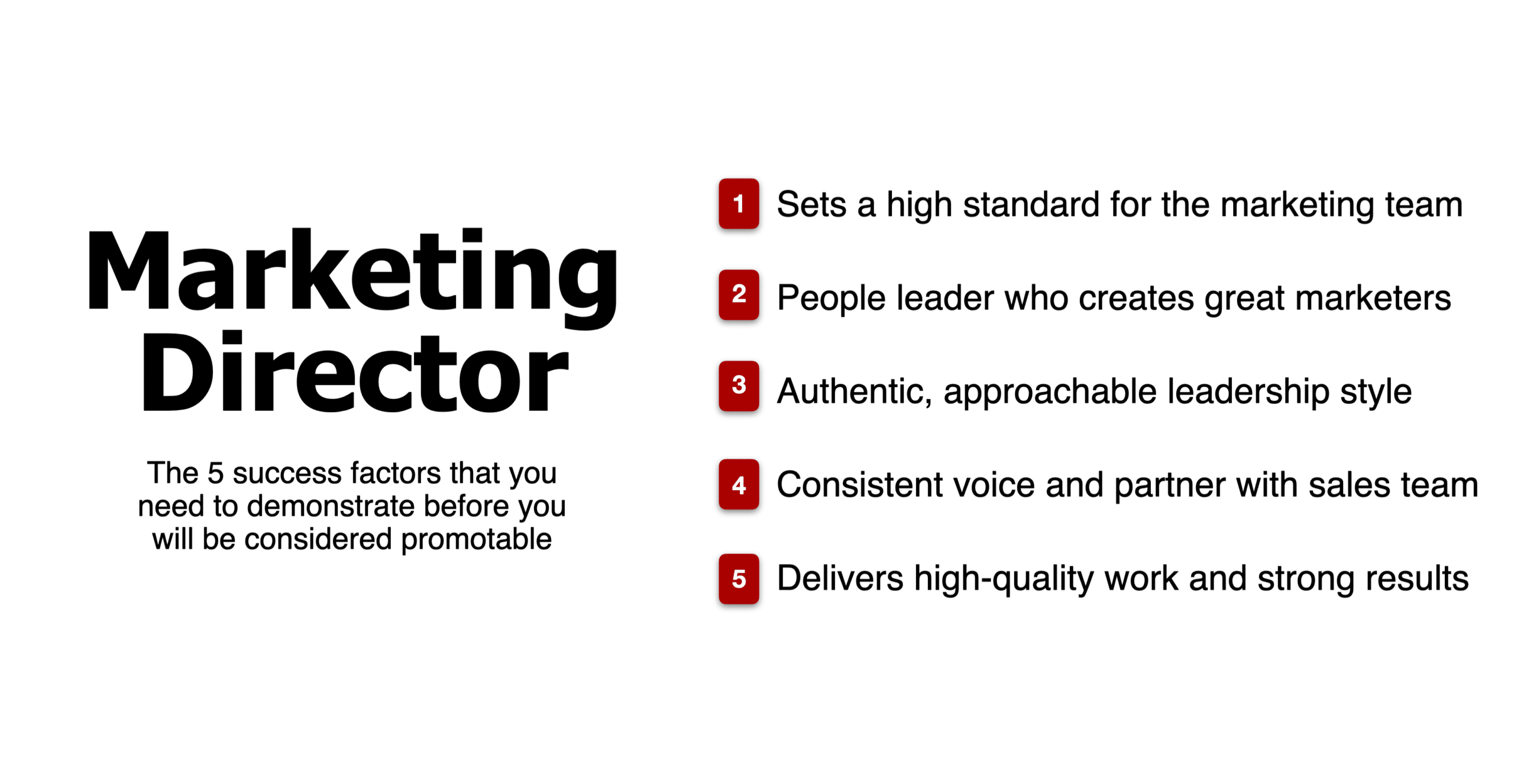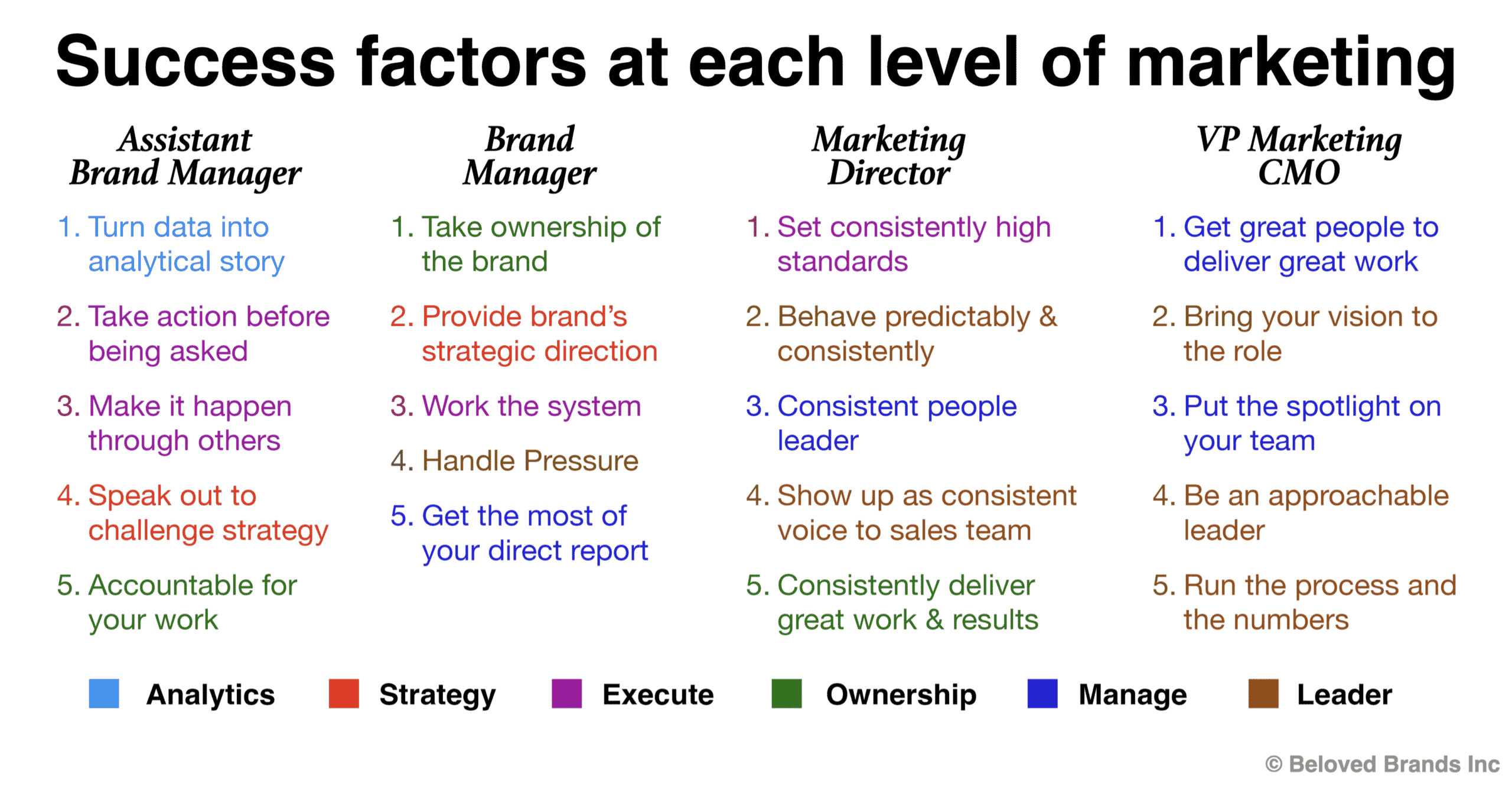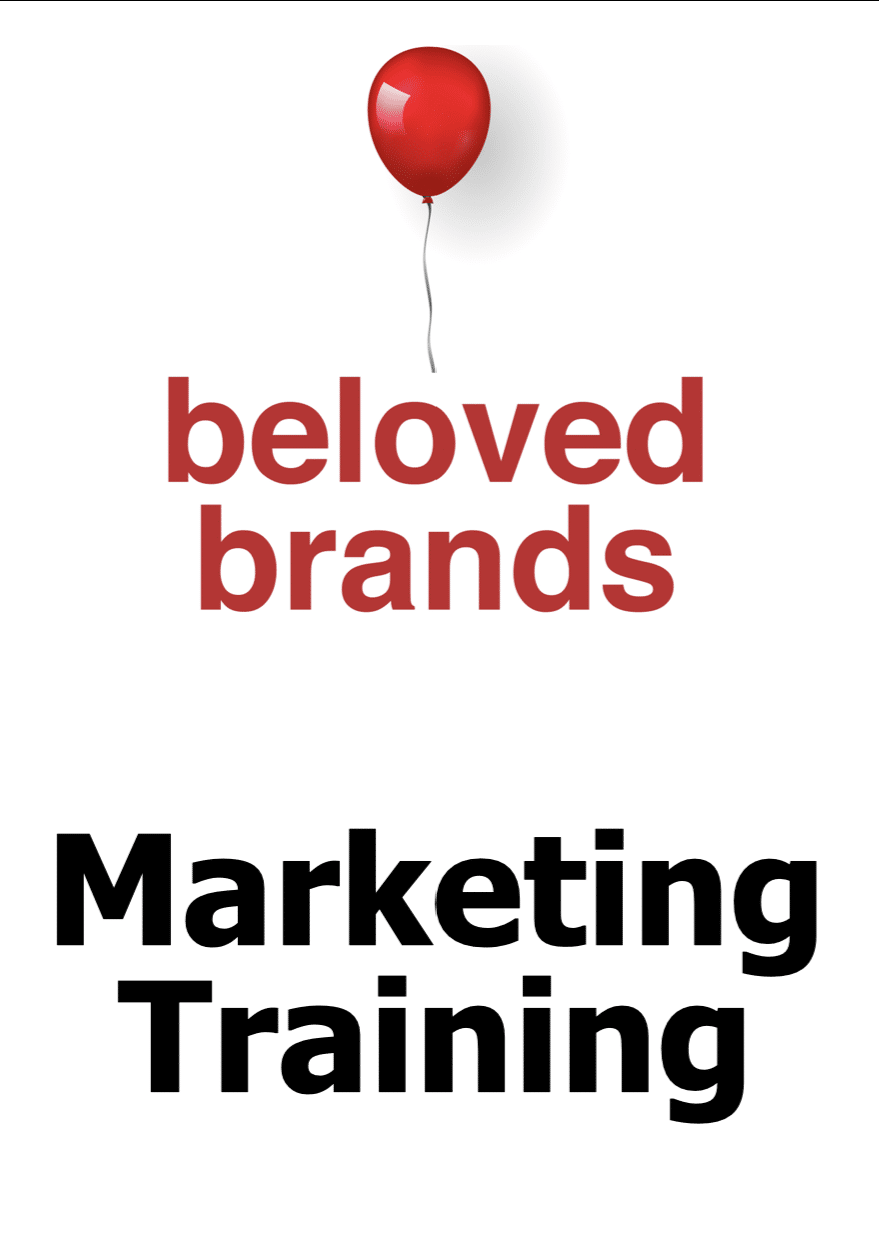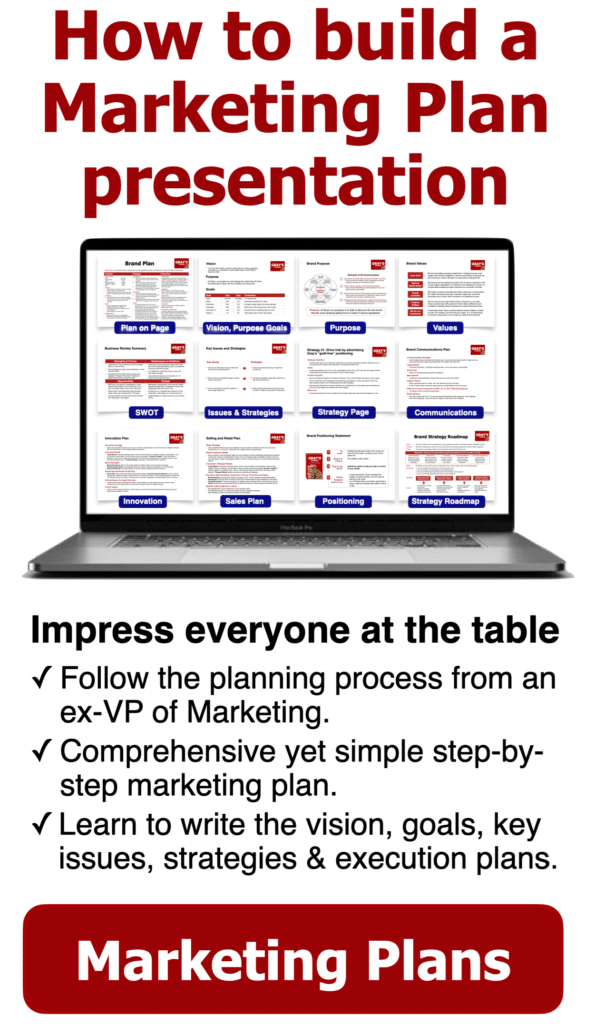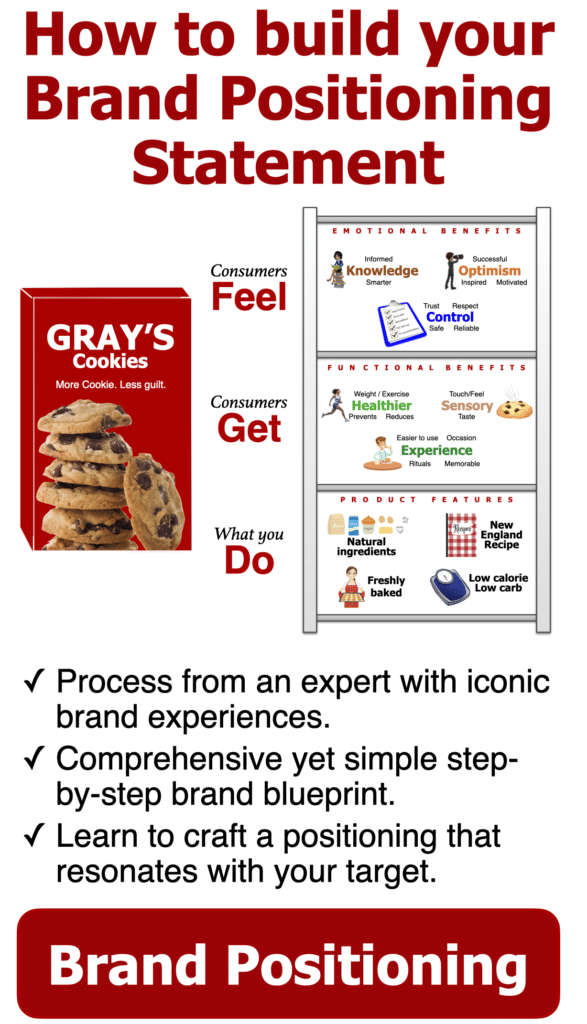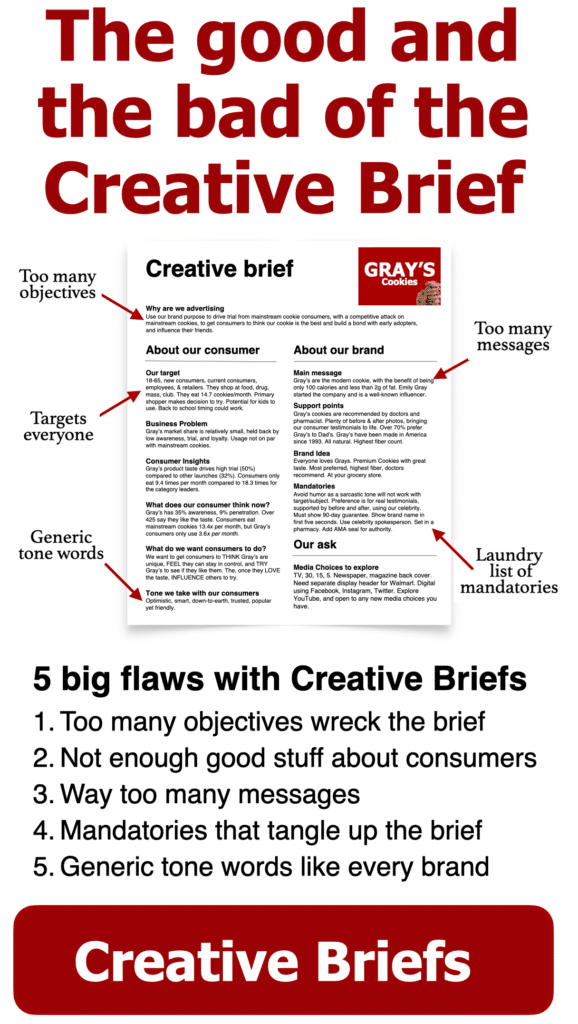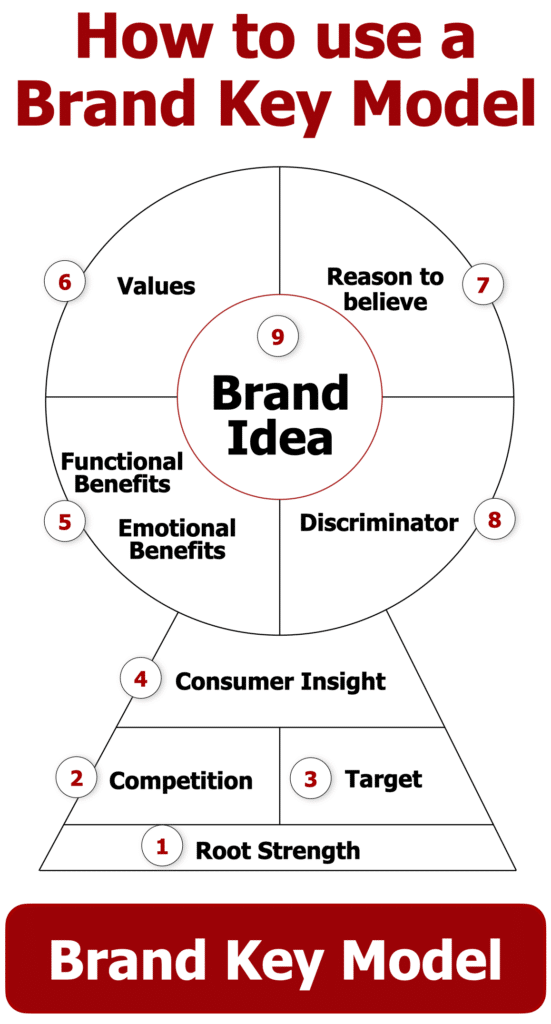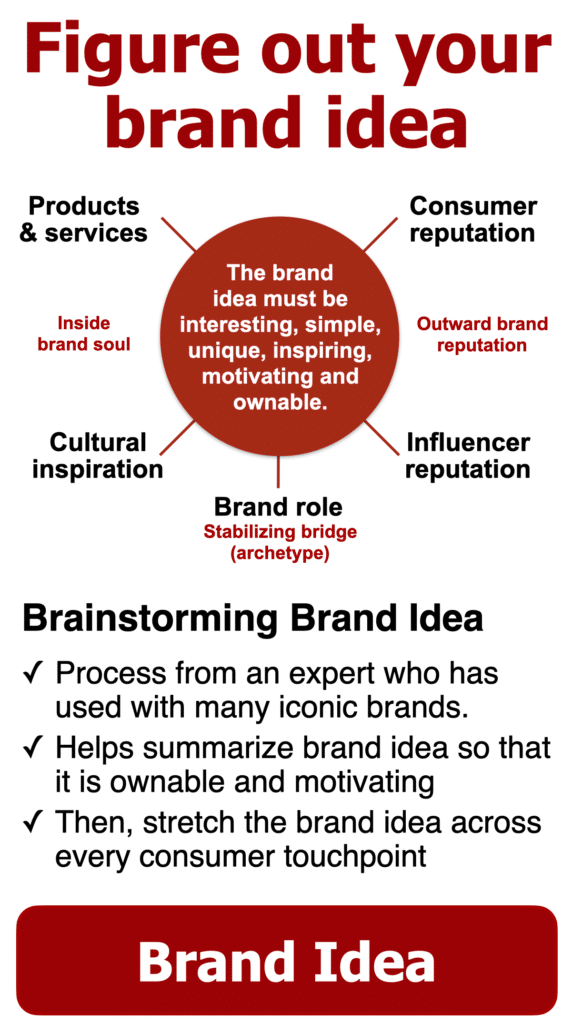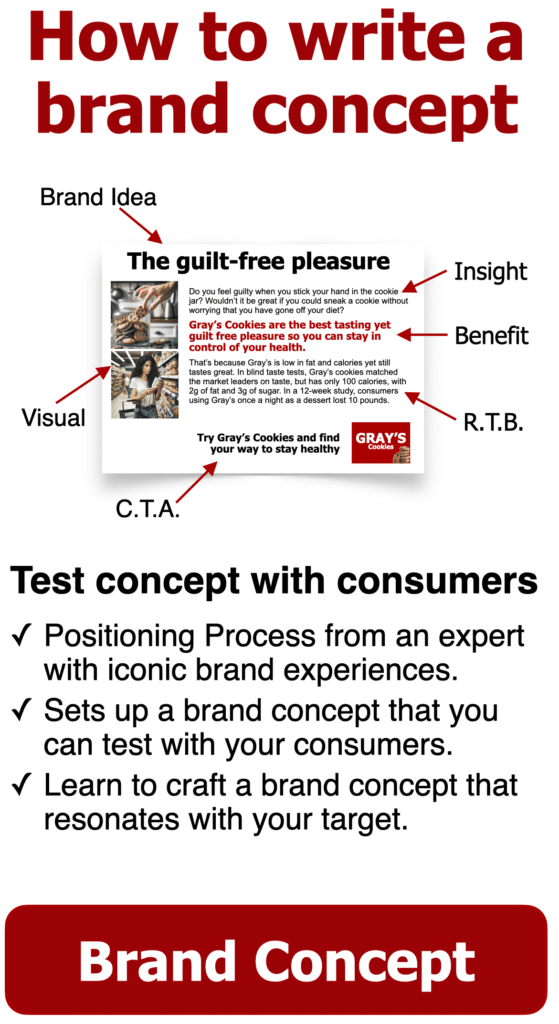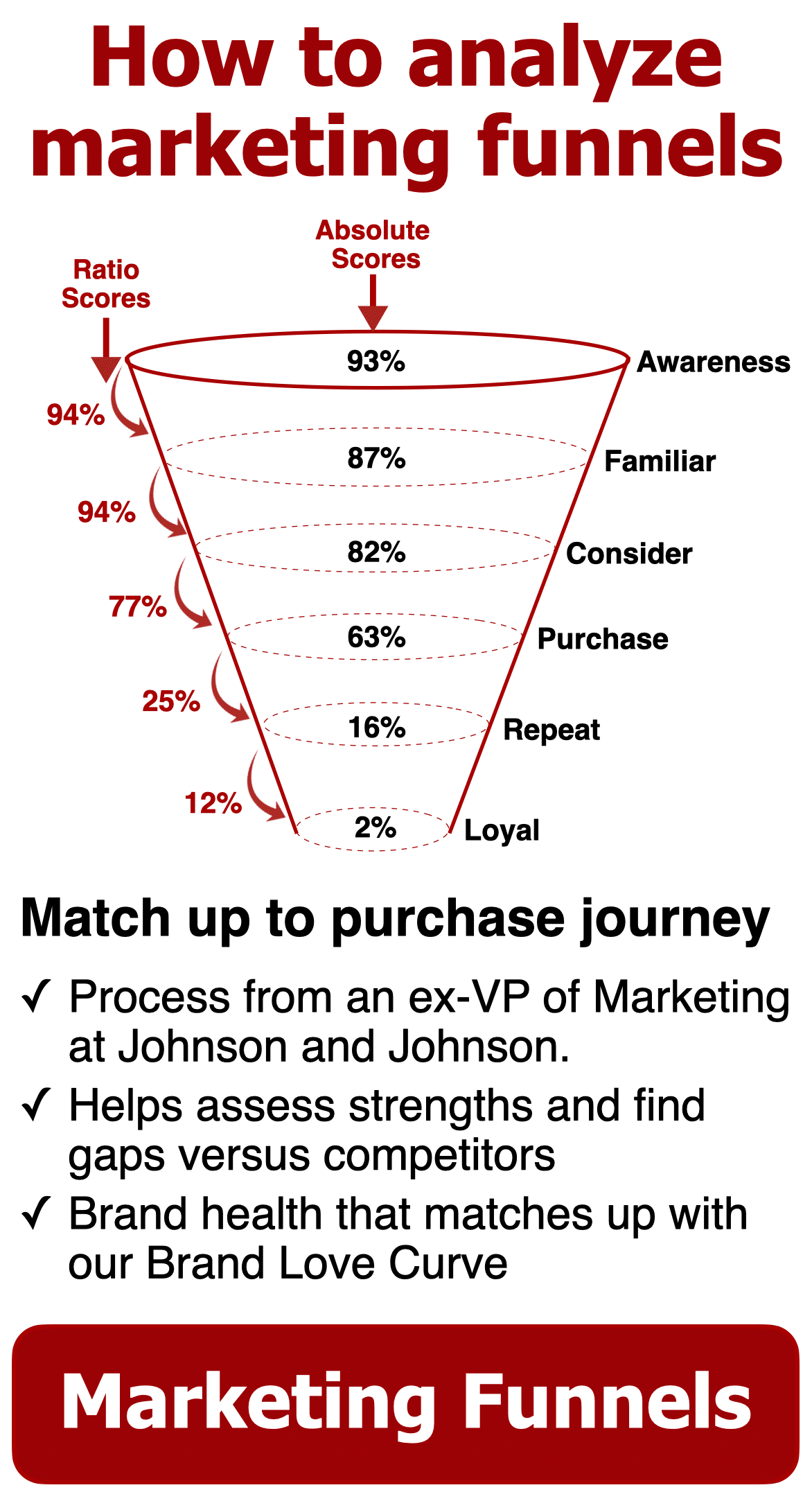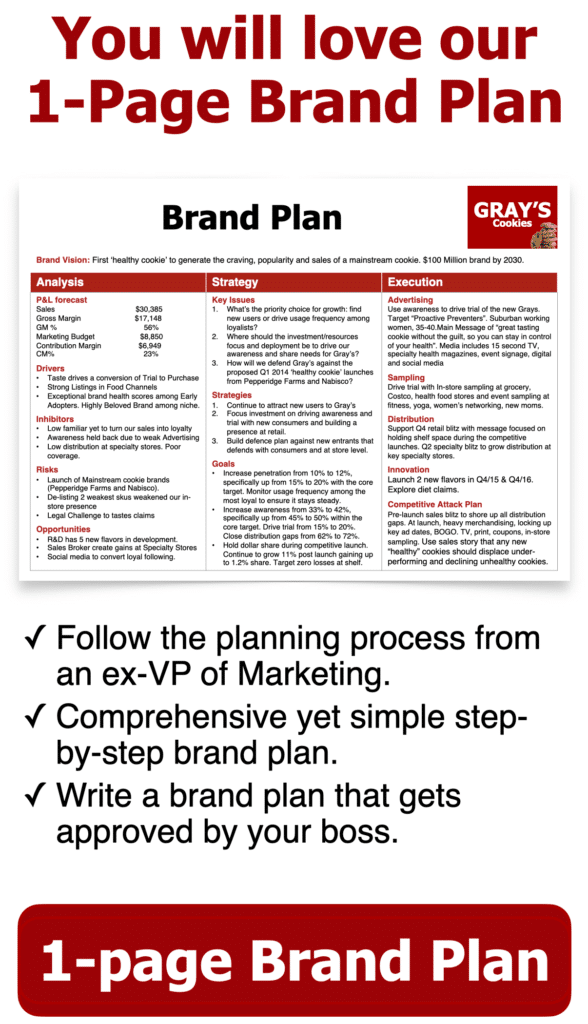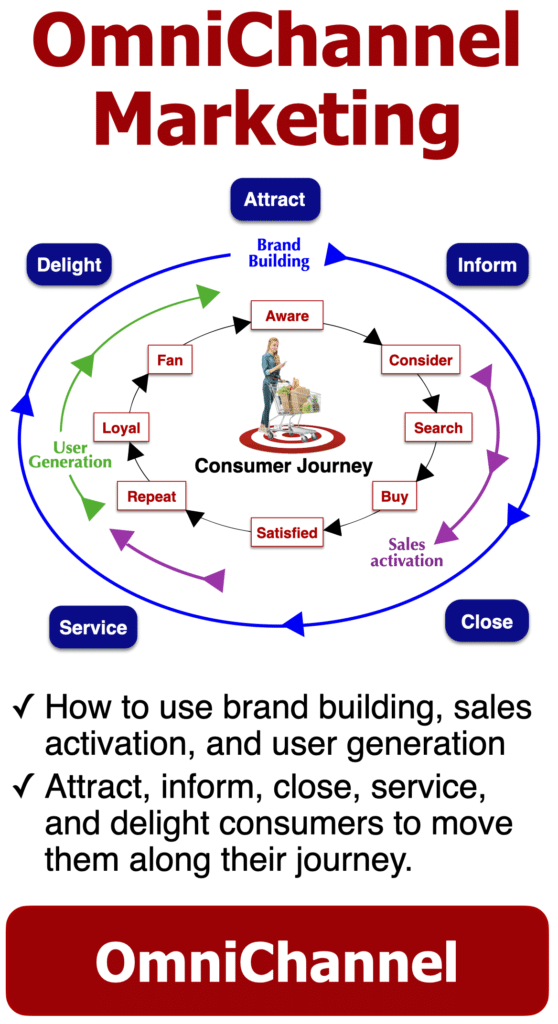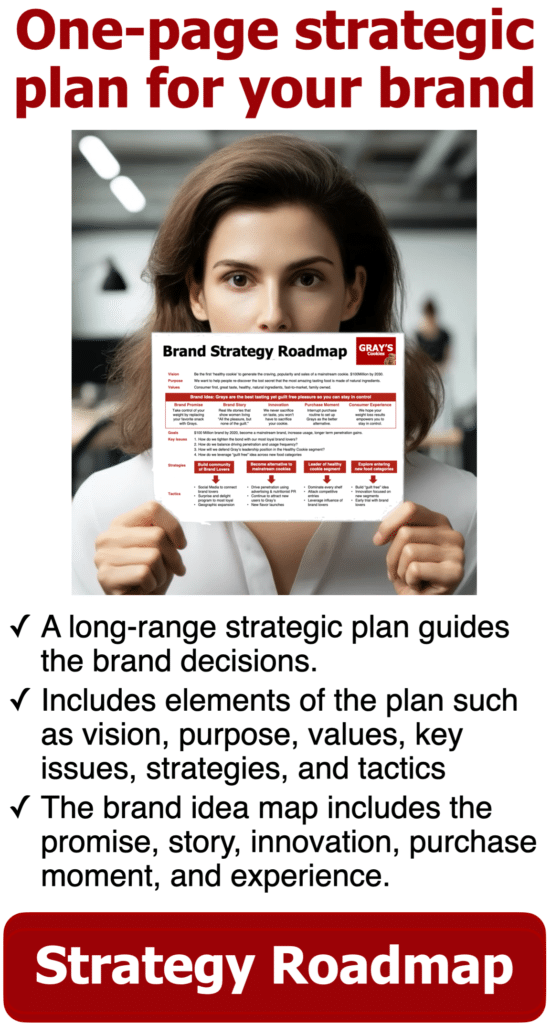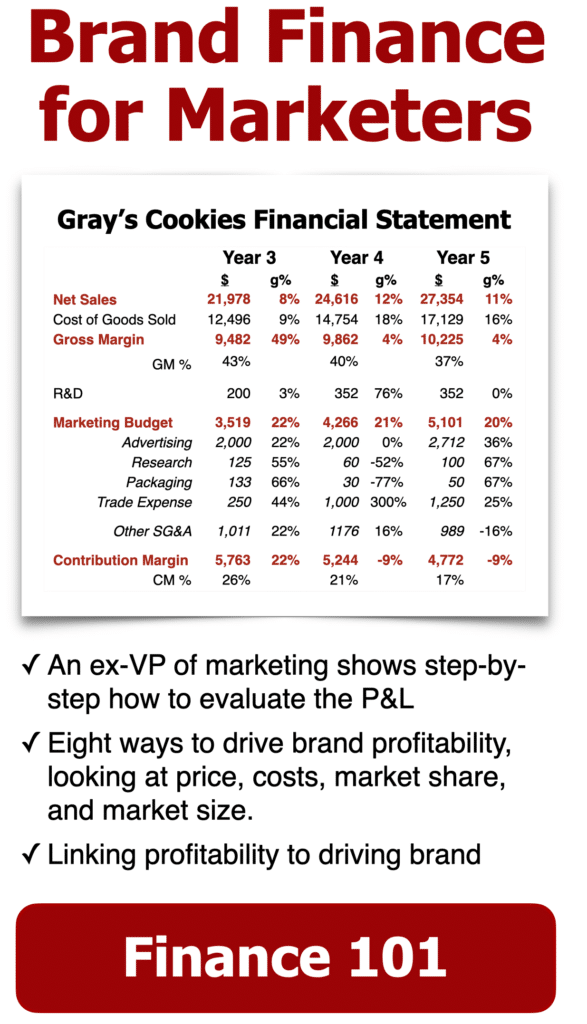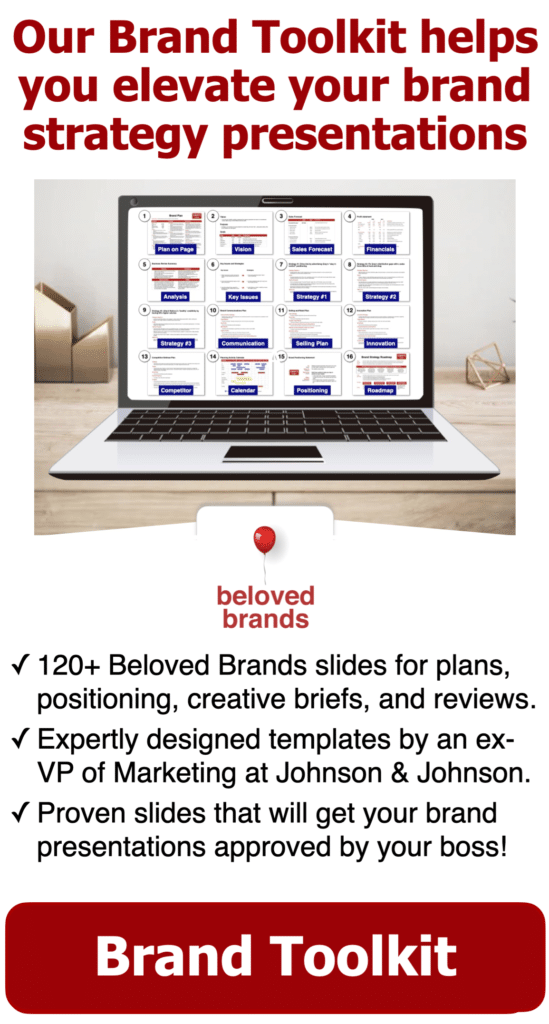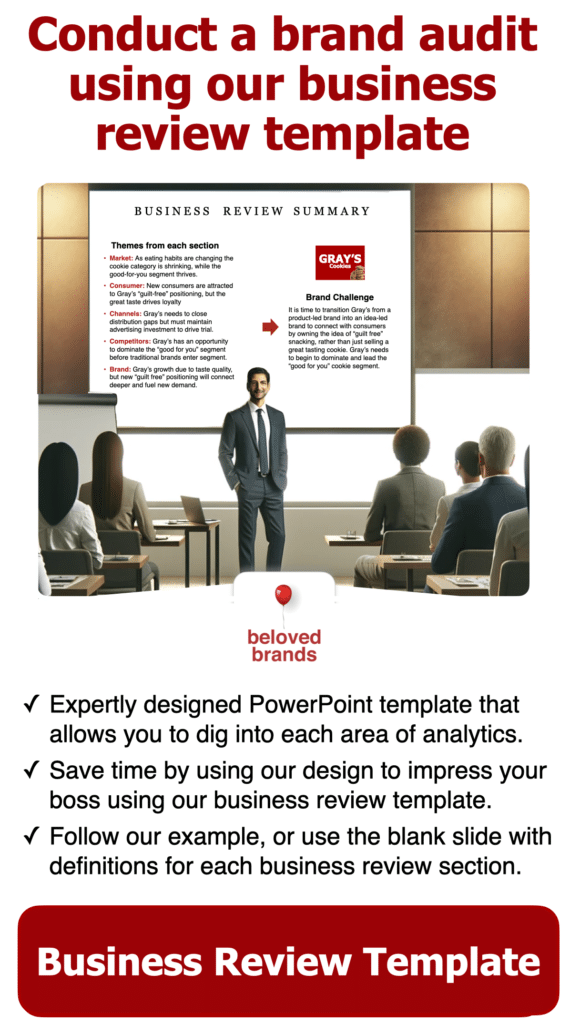Most people are promoted up to Brand Manager because they are really smart and get things done. From my experience, they get stuck at the Brand Manager level mainly because they are bad at managing people, or can’t get along with the sales force. Promoting them up to Marketing Director just becomes too risky to the organization–they can’t afford to lose key talent, and they can’t afford to lose touch with the sales team.
Many Marketing Directors fail if they can’t stop acting like Brand Managers. They are too hands-on and make all the decisions. They smother the team and never let them have their day in the sun. One rule is at every level, you have to adjust to the new role. Brand Managers fail when they keep acting like ABMs, and Directors fail when they keep acting like Brand Managers.
Marketing Director
The 5 success factors for marketing directors
The Marketing Director role becomes less marketing and more leading. Your role is to set a consistent standard for your team and then hold everyone to that standard. To be great, you need to motivate your team’s greatness and let your best players do their absolute best. Sometimes you’ll need to teach, guide, and challenge. Sometimes, you’ll have to put your foot down to stay fundamentally sound, and other times you’ll have to follow creative ideas you might not be so sure will win. Let your best people shine, grow and push you. It’s their time.
1️⃣ Set a consistently high standard for your team
Hold your team to a consistently high standard of work: Rather than being the leader by example, I’d rather see you establish a high standard and hold everyone and yourself to that standard. Shift your style to a more process orientation so you can organize the team to stay focused, hit deadlines, keep things moving, and produce consistent output. Consistent quality of brand plans, execution, and interactions with everyone. It’s about how to balance the freedom you give with the standard you demand. Delegate so you motivate your stars but never abdicate ownership of how your overall team shows up.
2️⃣ Behave predictably and consistently
A great marketing director becomes the consistent voice of reason to any potential influencers, acting on behalf of the brand team. The director becomes the usual point person that the VP, sales team, and agency, each turn to offer their thoughts on the brands. Yet the director has to allow their BM to own the brand. As the team’s voice of reason, a great marketing director must continue to ground all potential influencers in the brand plan with the strategy choices, consistently communicate the brand’s direction and back up any tactical choices the team makes.
3️⃣ Be a consistent people leader
Newly appointed directors have to stop acting like a “Senior-senior brand manager” and let their team breathe and grow. We know you can write a brand plan, roll out a promotion super fast and make decisions on creative. But can you inspire your team to do the same? It becomes the director’s role to manage and cultivate the talent. Most brand managers have high ambitions–constantly wanting praise but equally seeking advice on how to get better. Be passionate about people’s careers–anything less, they’ll see it as merely a duty you are fulfilling. A great marketing director should meet quarterly with each team member one on one to take them through a quarterly performance review. Waiting for year-end is just not enough.
4️⃣ Show up as the consistent voice to the sales team
Marketing directors become the go to marketing person for the sales team to approach. Great salespeople challenge marketers to make sure their account wins. I’ve seen many sales teams destroy the marketing director because the director refused to listen and stubbornly put forward their plan without sales input. Be the director that consistently reaches out and listens. They’ll be in shock and stand behind your business. If salespeople feel they’ve been heard, they are more apt to follow the director’s vision and direction. A great marketing director should informally meet with all key senior sales leaders every quarter to get to know them and listen to their problems. This informal forum allows problems to bubble up of problems and be heard before they become a problem.
5️⃣ Consistently deliver great work and strong results
As it is a business, a great marketing director is expected to make the numbers. They have a knack for finding growth where others can’t. And yet when they don’t, they are the first to own the miss and put forward a recovery plan before being asked. You must have an entrepreneurial spirit of ownership and create goals that “scare you a little but excite you a lot.” They reach out for help across the organization, making those goals public and keeping the results perfectly transparent. And everyone will follow you.
Consistency matters
Hopefully, you noticed the word “consistent” in all five factors for success. Stay Consistent. That is a trait I would encourage every director to take: show up with consistency in standards for your team, strategy, people management, dealings with sales, and owning the numbers. With a bigger group of people you influence, a broader array of interactions across the organization, and a bigger business line on the P&L, anything less than consistent will rattle your core team and the system built around you. No one likes an inconsistent or unpredictable leader. They will mock your mood swings in the cafeteria. You will become famous but for the wrong reasons. The sales team will not be able to rely on your word–and to them, that’s everything.
Senior leaders will struggle with you–and will not want to put you on the big important business because it feels risky. Your agency will be uncertain as to what mood you will be in when you show up to meetings. With your maturity and experience, now is the time to start to craft a consistent version of what you want to be.
Marketing Careers
On a classic marketing team, there are four key levels:
- Assistant Brand Manager.
- Brand Manager.
- Marketing Director or Group Marketing Director.
- VP Marketing or CMO.
To illustrate, click to zoom in on the brand management career pathway.
At the Brand Manager level, it becomes about ownership and strategic thinking within your brand plan. Most Brand Managers are honestly a disaster with their first direct report, and get better around the fifth report.
When you get to the Marketing Director role, it becomes more about managing and leading than it does about thinking and doing. To be great, you need to motivate the greatness from your team and let your best players to do their absolute best.
And finally, at the CMO level, you must create your own vision, focus on your people to make them better and shine, drive the business results, and run the processes.
Our Beloved Brands Marketing Training program will make your team smarter.
If you are running a marketing team, you will always benefit from having a smarter team. When you invest in our marketing training program, you will help your team gain the marketing skills they need to succeed. As a result, you will see them make smarter decisions and produce exceptional work that drives business growth.
We’ll work with your team to help them learn more about the five core marketing skills: Strategic Thinking, Brand Positioning, Marketing Planning, Marketing Execution, and Brand Analytics. Most importantly, your marketers will learn new tools, concepts, and ideas to trigger new thinking. To help their skills, we get participants to take each tool on a test run. Then, we give feedback for them to keep improving.
To illustrate, click to zoom in on the brand management career pathway.
Strategic Thinking:
Our marketing training teaches brand leaders how to ask tough strategic questions to slow everyone down and engage in debate of options to move forward. To start, you will be given various tools to approach strategy thoughtfully and analytically. Importantly, marketers need learn how to change brain speeds to move from a strategic thinker style to uncover what is holding back a brand, and onto an instinctual thinker style on marketing execution.
We introduce our Strategic ThinkBox that allows marketers to interrogate their brand. Importantly, our ThinkBox pushes you to take a holistic look at the brand’s core strength, competitive landscape, tightness of the consumer bond, and business situation.
Brand Positioning:
Our brand positioning process teaches how to decide on the target market, consumer benefits, and reasons to believe. To start, you will learn to define the ideal consumer and frame the definition with their biggest needs, consumer insights and their enemy. Then, we provide our benefit cheatsheets to help learn how to discover the functional benefits and emotional benefits that a brand can deliver. Importantly, marketers need to make a decision on trying to stake out a unique space that is motivating to consumers, and ownable for the brand.
Learn to use our brand idea tool and see how it helps to communicate the brand idea to everyone across the organization. Finally, marketers will learn how to take the brand positioning work and translate it into a brand concept, brand story, and a brand credo.
Marketing Plans:
The marketing plan is a decision-making tool for how a brand will spend its limited resources. Moreover, the marketing plan communicates the expectations to everyone who works on the brand. Importantly, we teach marketers how to create the vision, purpose, goals, key issues, strategies, and marketing execution plans.
Learn how to write key issue questions and strategic statements that form the marketing plan’s foundation. In addition, our marketing training provides various marketing planning templates, including our one-page brand plan and ideal Marketing Plan presentation deck.
Marketing Execution:
Our marketing execution training starts with the concept of our Marketing PlayBox, which matches the Strategic ThinkBox. To keep marketers on strategy throughout the execution stages, our Marketing PlayBox helps find in-the-box ideas that meet four dimensions: they are focused on our target, fit with the brand, deliver the message, and execute the strategy.
To start, we show how the creative brief sets up the PlayBox, bridging the plan and execution. We go through the creative brief line-by-line and give examples of the best and worst. Importantly, you will learn to use our Creative Checklist to help make smarter decisions on creative communications. We will teach you how to give your agency feedback based on the gaps you see in the checklist.
Learn to make media decisions that match your consumer’s purchase journey. We also provide a similar Innovation Checklist to compare innovation ideas.
Brand Analytics:
Our comprehensive brand analytics training teach brand leaders how to lead a deep-dive business review. We outline the best analytical thinking so you can become a well-rounded marketer.
Learn to look at the marketplace, consumer analytics, distribution channels, competitors, or other brands in their industry. Then, learn to assess the brand itself. Importantly, you will learn how marketing funnels can help assess the brand’s performance. We provide 64 analytical questions that marketers can ask of their brand. Finally, we show how to understand the brand’s financial performance indicators.
Take a look at our Marketing Skills assessment tool to see how you or your marketing team measure up.
For more information on our Beloved Brands Marketing Training programs, click below or email Graham Robertson at [email protected]
What type of marketer are you?
We believe that marketers learn best when they see our marketing concepts applied to brands that look like their own. We have come up with specific examples – consumer, B2B and healthcare – to showcase our marketing tools. Click on the icon below to choose your interest area.
Video Lesson: Key Issues
To illustrate, watch our video on how to find the key issues on your brand that you can use in your marketing plan. Importantly, it helps you find the best possible questions. Subsequently, it sets up strategic solutions to answer those questions.
To view, use the ▶️ controls to play our brand strategy video.
